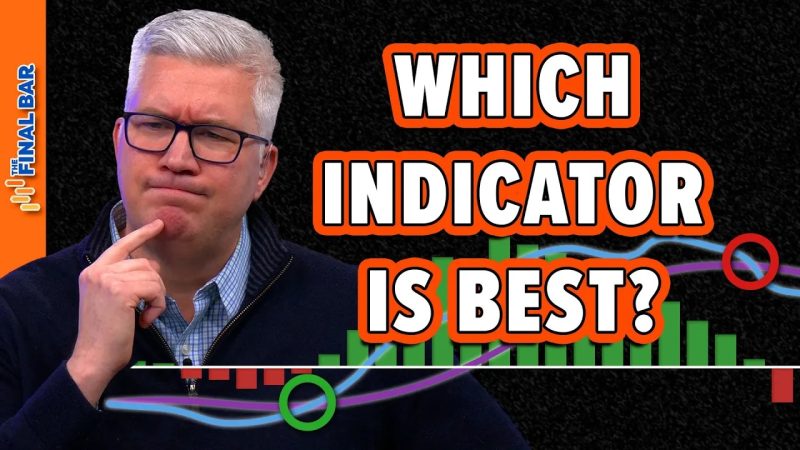In the ever-evolving world of technical analysis, traders and investors depend heavily on a variety of indicators to make informed decisions about the potential future movements of financial assets. Among the multitude of technical indicators available, the Moving Average Convergence Divergence (MACD), Percentage Price Oscillator (PPO), and Price Momentum Oscillator (PMO) stand out as popular tools used to help identify trends, momentum, and potential buy or sell signals in the market.
Moving Average Convergence Divergence (MACD) is a trend-following momentum indicator that shows the relationship between two moving averages of a security’s price. By comparing the 12-day and 26-day EMAs, the MACD line represents the difference between these averages, while the signal line is a 9-day EMA of the MACD line. When the MACD line crosses above the signal line, it is considered a bullish signal, indicating potential upward momentum. Conversely, a bearish signal is generated when the MACD line crosses below the signal line.
The Percentage Price Oscillator (PPO) is a variation of the MACD that measures the difference between two moving averages as a percentage of the larger moving average. Like the MACD, the PPO also uses the 26-day and 12-day EMAs but presents the difference as a percentage rather than a raw value. This percentage format makes it easier to compare PPO values across different securities with varying price levels. Similar to the MACD, bullish and bearish signals are generated through crossovers between the PPO line and its signal line.
The Price Momentum Oscillator (PMO) differs from the MACD and PPO in its calculation method and interpretation. Developed by Carl Swenlin, the PMO is based on the rate of change between two EMAs, one short-term and one long-term. The resulting value is smoothed using a custom formula to create a dynamic momentum indicator that oscillates around a zero line. The PMO generates buy signals when it rises above the zero line and sell signals when it falls below it.
In a showdown between these technical indicators, traders may find value in choosing the one that aligns best with their trading style and preferences. The MACD’s simplicity and widespread popularity make it a reliable choice for many traders looking for trend-following signals. On the other hand, the PPO’s percentage-based format may appeal to traders who prefer a more normalized comparison across different assets. Meanwhile, the PMO’s unique rate of change approach provides a different perspective on momentum that could resonate with traders seeking a more dynamic indicator.
Ultimately, the effectiveness of any technical indicator lies in its ability to help traders make informed decisions in the market. By understanding the nuances and characteristics of indicators like the MACD, PPO, and PMO, traders can leverage these tools to navigate the complexities of the financial markets and enhance their trading strategies. As with any technical analysis tool, it is essential to consider a holistic approach, combining multiple indicators and other forms of analysis to achieve a comprehensive understanding of market conditions and potential opportunities.



























